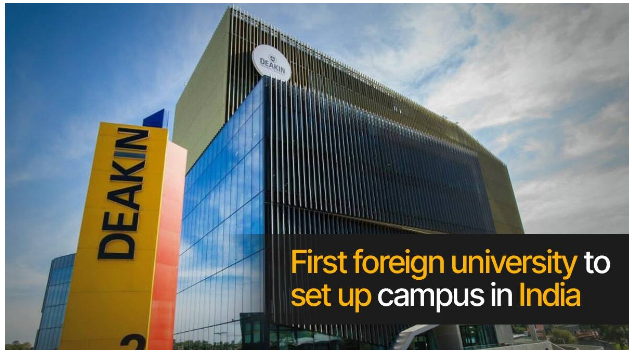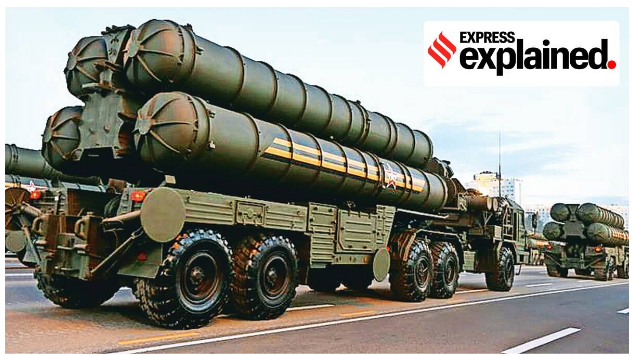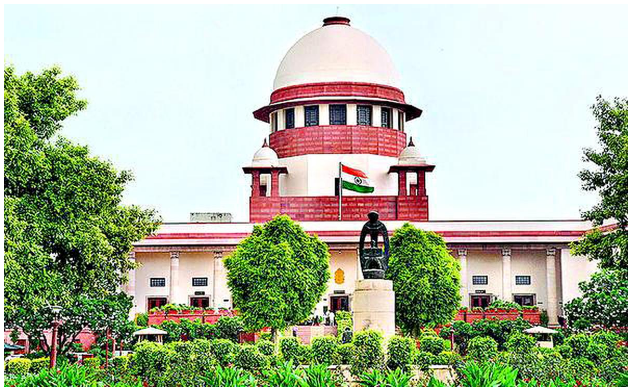Context:
Two Australian government universities, Deakin University and University of Wollongong, will be the first foreign education institutions to set up campuses in GIFT City, Gujarat.

Image Source: Indian Express
About the news:
GIFT City:
News Source: The Hindu
Context:
The Windsor framework is the latest attempt at a remedy to the political complexities that have impacted trade and sentiments in the UK and Northern Ireland.
About the news:
What is Stormont Brake?
News Source: The Indian Express
Context:
Deliveries of five regiments of S400 air defence systems under a $5.43 billion deal with Russia are expected to be completed by year end or early 2024, according to official sources.

Image Source: The Indian Express
About the news:
About the S-400 Triumf Missile System:
News Source: The Hindu
Context:
The Press Council of India (PCI) advised the print media to follow the norms of Journalistic Conduct 2022 on ‘paid news’ during the elections in various States.
| Probable Question:
Q. The increasing menace of paid news has affected the level playing field and free and fair nature of elections. Highlight the issues associated and suggest some remedial measures. |
Definition of ‘Paid News’:
Advisory by PCI:
Reasons for rise in Paid News:
The Standing Committee identified following key reasons for the rise in the incidence of paid news:
Challenges in regulating Paid news:
Way Forward:
News Source: The Hindu
Context:
The episode of the collegium’s recommendation of Justice L. Victoria Gowri’s name and her appointment to the Madras High Court within weeks, has revived the debate on judicial appointments.

Image Source: The Hindu
Concern about the Ideological/Political Leanings of Judges:
Evidence as judgments and appointments:
Consideration of the ideological leanings of judges during appointment:
Independent status of Judiciary:
Many government appointed judges were able to assert their independence; barring a few exceptions, they have been quite impressive.
Reform needed in the Collegium:
News Source: The Hindu
Context:
The National Stock Exchange has received a green light from the capital markets regulator to launch its Social Stock Exchange.
About Social Stock Exchange (SSE):
Social Enterprise:
News Source: The Hindu
<div class="new-fform">
</div>
